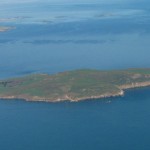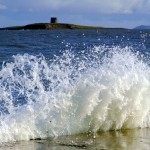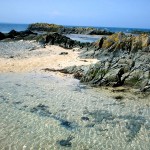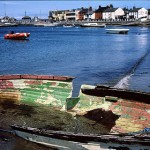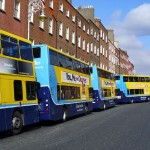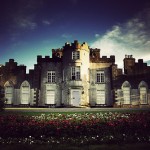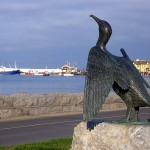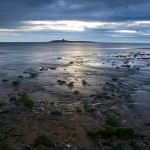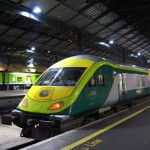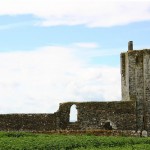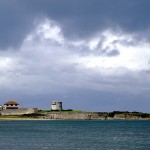History of Rockbill Lighthouse
Rockabill lies about five kilometres off the shore in an easterly direction, and is clearly visible from Skerries. The name comes from the Irish name for the rock – Carraig Dá Bheola, meaning “Two Lips Rock”. The depth of the sea around Rockabill is between 7 and 9 fathoms, and the rock was obviously a danger to shipping, especially at night. A light was sought for the rock by the Drogheda Harbour Commissioners in 1837, and they stated that the shipping which frequented Drogheda would cheerfully pay a toll towards a light on Rockabill. The authority, which controlled the building of lighthouses at that time was called the Trinity Board, and in 1838 they refused to build a lighthouse on Rockabill. However fifteen years later, in 1853, the Board changed its mind and granted permission. Plans were prepared for the lighthouse, and in 1855 the work began.
The builders were two brothers from Limerick, William and James Burgess. The chief materials used were granite from the Mourne Mountains in Co. Down and limestone from the local quarry in Milverton. The tower was built 83 feet high and the total cost of all the buildings, and apparatus, was £13,248 .The building was completed and the light was first operated on 1st. July 1860. Coal gas, supplied from a gas producing plant on the rock, provided the light until 1905. Throughout those years the lightkeepers had trouble from the gas system, as it regularly suffered damage from storms and corrosion.
From 1905 the light was powered by paraffin until 1980, when it was converted to electricity. A fog signal was established on Rockabill in 1918, and a radio telephone was installed in 1952. The lighthouse was relieved by a local boat from Skerries, or by one of the vessels owned by the Trinity Board, until 1970. From then it was relieved by helicopter. There were a total of six lightkeepers doing duty on the rock. Three were stationed on the rock doing four weeks duty at a time, while the other three had four weeks liberty. The keepers and their families lived in houses specially built for them in Harbour Road. These houses were sold in 1975, and sadly the lighthouse became fully automatic, and was demanned in March 1989.


